
Overview
Whether or not you've ever tried CrossFit you've probably wondered: "Is it as bad — or as good — as it sounds?" Whether positive or negative, myths and misconceptions about CrossFit abound.
But here, top trainers and exercise physiologists weigh in on some of those myths and uncover the truth about CrossFit. Read on to see what they have to say about the incredibly popular — and controversial — sport of CrossFit.

MYTH #1: CrossFit Is the Best Way to Get in Shape
"Get in shape for what?" is the question those considering CrossFit training should ask themselves, says Mark Nutting, CSCS, CrossFit level 1 coach and fitness director of SACO Sport & Fitness in Saco, Maine. "CrossFit certainly can improve the cardiovascular system, but does that make it the best for improving your endurance race time? No," he says. Getting in shape requires a well-designed program personalized for the individual, created by a qualified professional and focused on your specific goals.
Read more: 16 Essential CrossFit Moves
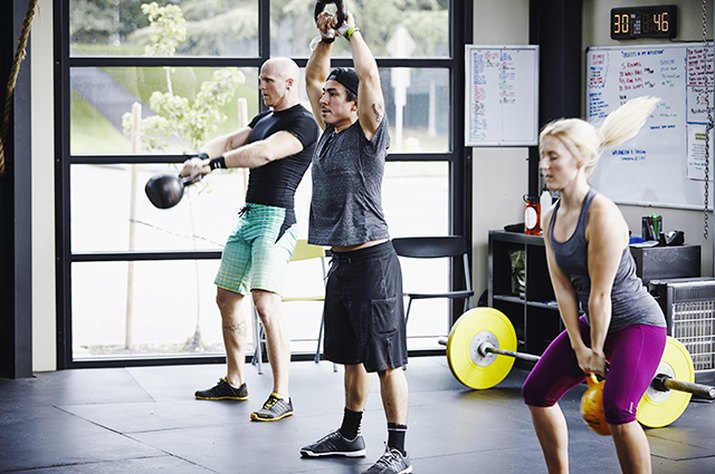
MYTH #2: You Will Get Injured Doing CrossFit
You may get hurt doing CrossFit, but research shows that your injury risk is similar to that of other sports. A 2013 study published in the Journal of Strength and Conditioning Research of 132 CrossFit athletes found that 97 (73.5 percent) of them had experienced an injury during CrossFit training, which researchers noted is similar to that of Olympic weightlifting, powerlifting and gymnastics.
"Taking the most difficult lifts and doing them for time is a bad combination," says Tom Holland, CSCS, exercise physiologist and author of Beat the Gym. "You should stop when your form is compromised — this is called 'technical failure.' Injuries are more likely to occur when you keep going." Stay safe by knowing when to stop and by finding the most educated CrossFit coach.
Read more: The Most Common CrossFit Mistakes Sabotaging Your Gains

MYTH #3: CrossFit Athletes Are Good at Everything
While the top CrossFit games competitors may be good at a lot of things, chances are they'll never beat a top athlete in one particular sport. "Because of the specific skills that every sport requires, a generalist will never be the best at anything other than being a generalist," says Nutting.
For this reason, the CrossFit games enable those who enjoy CrossFit to have a level playing field for competition. It makes it fun for those involved, but the workout doesn't translate to any other sports field, Nutting says.
Read more: The Top 15 CrossFit Moves You Can Do at Home

MYTH #4: CrossFit Makes Women Huge
Becoming "too muscular" is a frequent concern among many women. While some women who do CrossFit do carry more muscle, it's likely because of their natural body type more than the workout itself, says Holland.
"Women who have a propensity to gain muscle or are big to begin with tend to be attracted to CrossFit," Holland says. In addition, Holland points out that CrossFit moves are geared more for power than hypertrophy (muscle growth); consequently, he says getting huge shouldn't be a real concern for most women.

MYTH #5: There’s No Validity to the CrossFit Approach
The ability for CrossFit workouts to improve cardiovascular fitness, body composition and power output demonstrate its benefits as a valid workout. "The high-intensity, short-duration type workout characteristic of CrossFit can offer significant fitness benefits," says Nutting.
As is the case with other high-intensity power training programs, CrossFit not only helps individuals improve their aerobic fitness, but also burns a substantial number of calories (approximately 12.3 calories per minute for women) in the process, Nutting says.
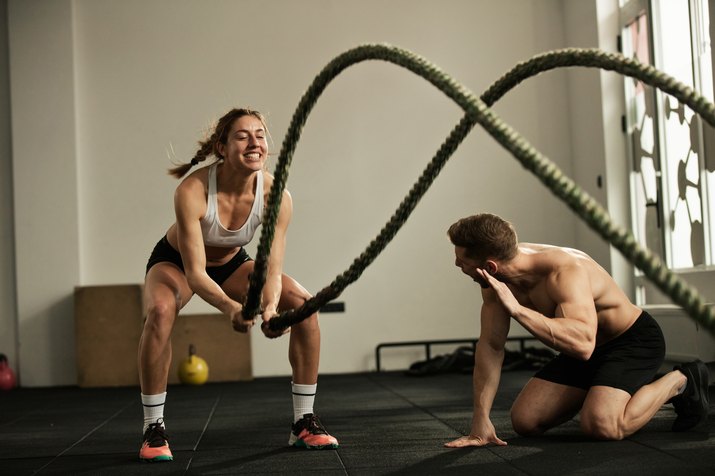
MYTH #6: CrossFit Instructors Are All Fully Qualified
Becoming a CrossFit instructor requires only a weekend instructional course and $1,000. No prior fitness experience or credentials are required. Some CrossFit instructors like Mark Nutting, however, have additional qualifications.
"To stay safe, look for trainers with qualifications in addition to CrossFit credentials, such as those from the National Strength and Conditioning Association (NSCA), or seek out those who are USA Weightlifting Certified (USAW)," he says. Trainers with these fitness credentials will know how to progress the movements safely.
Read more: The 12 Biggest Myths About Personal Training
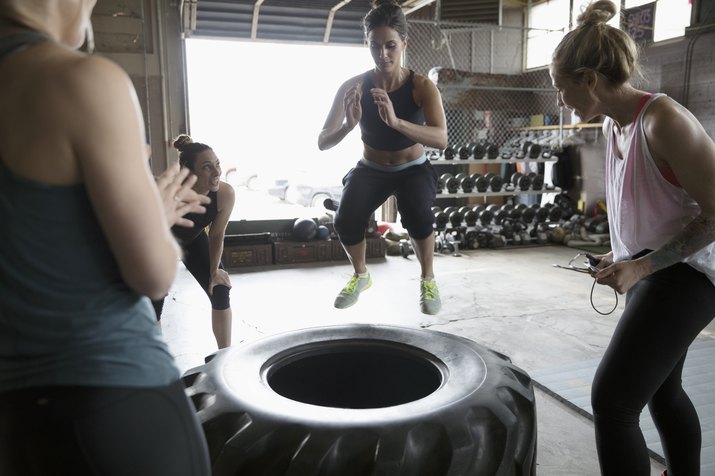
MYTH #7: All CrossFit Boxes Are Run the Same
All CrossFit "boxes" (this is what CrossFit members call their individual gym locations) are independently owned and called CrossFit affiliates, says Billy De La Rosa, a CrossFit level 2 trainer and owner of CrossFit SPOT in New York City.
"These CrossFit affiliates allow for different flavors to be added to the CrossFit methodology via teaching styles. The difference in coaching styles varies depending on the level of experience of the coach as well as their understanding of the human body," says De La Rosa. Every CrossFit box employs a main programmer who puts all the workouts together, and the CrossFit coaches implement them.
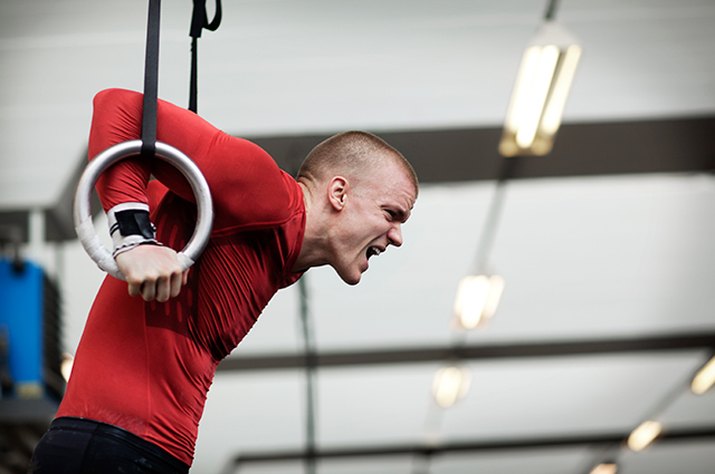
MYTH #8: You Will Get Rhabdo and/or Vomit
Rhabdomyolysis ("Uncle Rhabdo" in CrossFit circles) refers to a dangerous condition that occurs when muscle tissue becomes damaged and substances from within the muscle cells leak out into the blood. If enough muscle damage occurs, the substances can cause kidney injury and can be fatal.
Sounds super scary, right? The good news is it's unlikely to happen if you know your limits and don't cave in to peer pressure to go beyond your them. "It's rare, and it's pretty difficult to get to this point," says Holland. "It takes a super-motivated person to push through the pain. Along with vomiting, which can occur with high-intensity workouts, if you listen to your body, you won't get to this point."
Read more: The Controversy Behind CrossFit

MYTH #9: CrossFit Is Expensive
The cost of joining a CrossFit box varies around the country and often depends on the number of times a week you use it. On average, CrossFitters can plan on spending between $100 to $200 a month. "It may sound like a lot, but it's on par with upscale gyms and bootcamps," Nutting says. "Although it is high for a traditional gym where you just have access to the equipment."
Some box owners will negotiate with you and offer you a free trial week before you commit to signing up for longer. Once you learn how to perform the moves safely, you can also save money by doing some workouts at home.
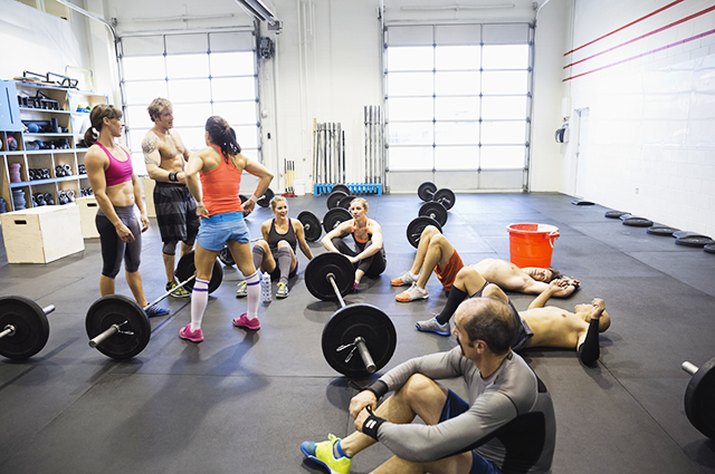
MYTH #10: CrossFit Is a Cult
Although CrossFit clearly is not a cult, it does possess some cult-like qualities. Nutting points out, for example, that CrossFit has its own vernacular, including "WOD" (workout of the day), "box," "thrusters," "AMRAP" (as many reps/rounds as possible) and "Uncle Rhabdo" (see #8).
In addition, some CrossFit members look down on other forms of training and believe CrossFit is the only way. "A blind, unquestioning belief in CrossFit is the biggest danger," Nutting says. "All teachers and trainers should continue to educate themselves, listen to other viewpoints, challenge and question the status quo and adapt what they do as they broaden their knowledge base."
Video of the Day
Video of the Day